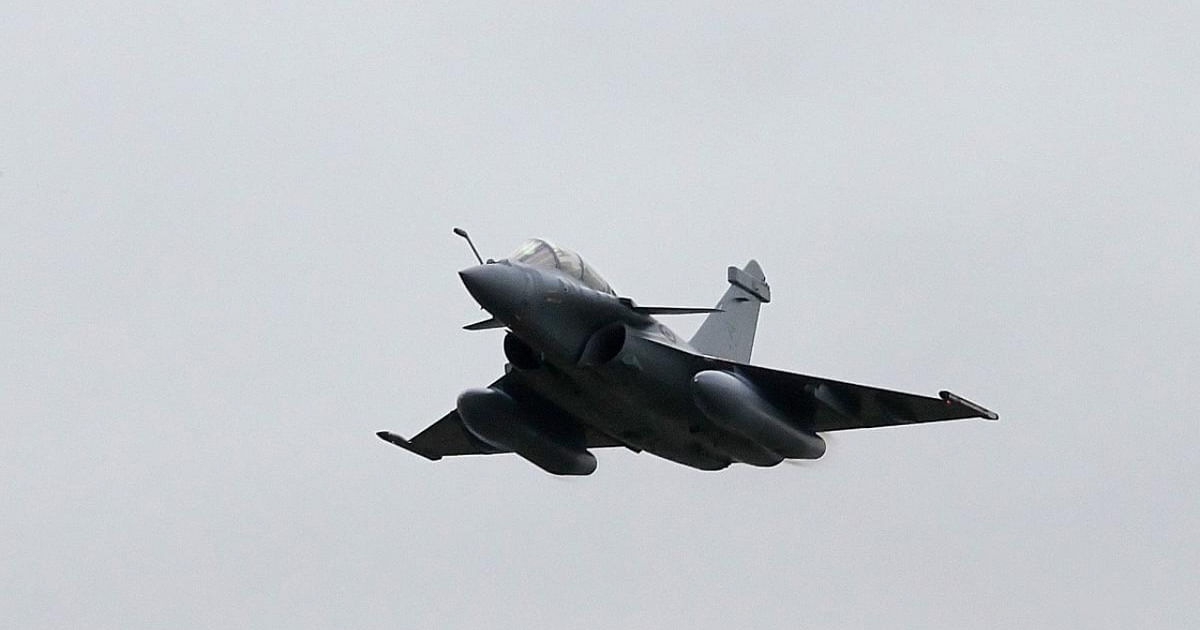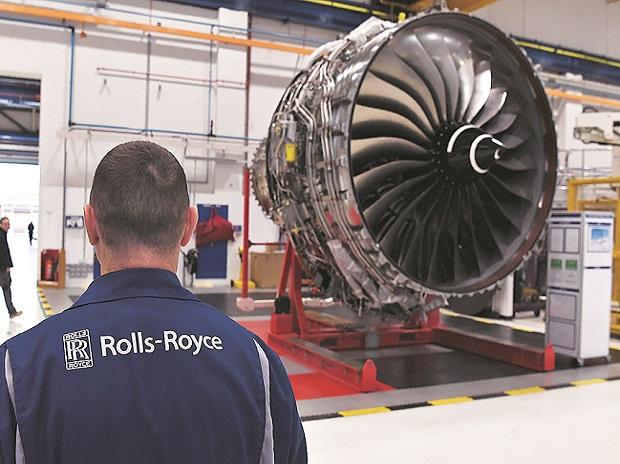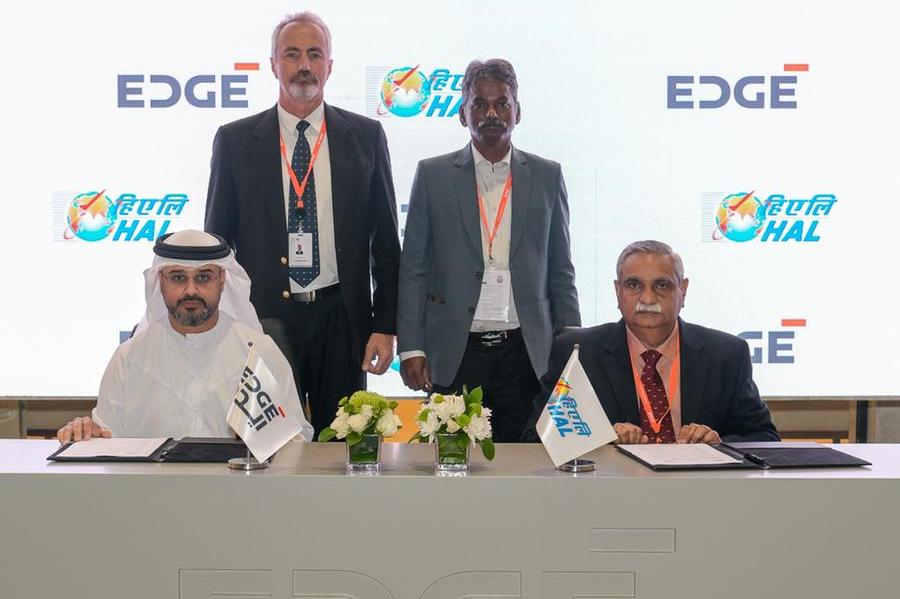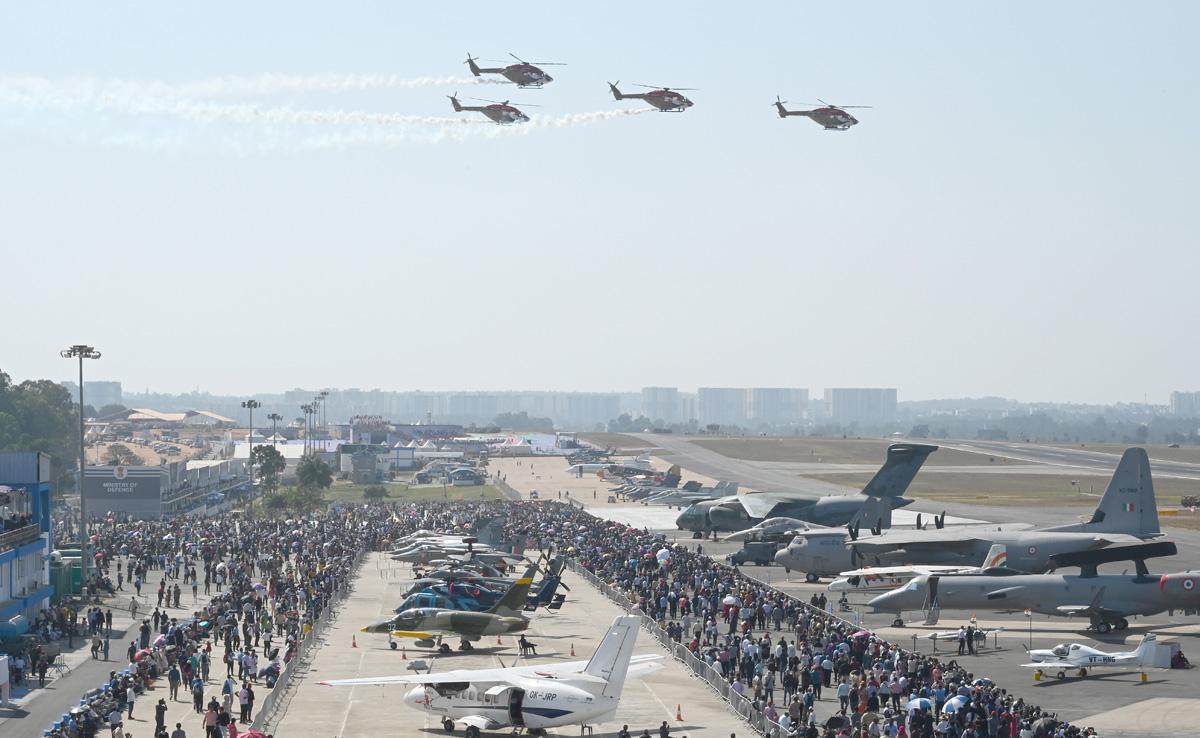'We are keen to partner India for co-development of combat engine technology in the country. We believe that such a partnership should result in the transfer of both know-how & know-why', says company

www.business-standard.com
While a large number of global original equipment manufacturers (OEMs) echo the Indian government’s Make in India and Atmanirbhar Bharat (self-sufficient India) slogans, British engine company
Rolls-Royce has thrown its hat in the ring to design and develop engines for the Advanced Medium Combat Aircraft (AMCA), which will form the backbone of the IAF’s fifth-generation fighter fleet starting a decade from now.
“This is about co-creating the intellectual property (IP) that goes into a new fighter engine. This will be a greenfield design and will take a decade to create,” says Kishore Jayaraman, who heads
Rolls-Royce India.
There is little appetite amongst combat aircraft engine makers to share the IP that results from a co-creation project. The US and India had begun a project to co-develop a fighter engine under the Defence Trade and Technology Initiative (DTTI), but the American firms decided against sharing IP.
French engine maker, Safran, was unwilling to cooperate with the DRDO to co-create the Kaveri engine.
“We are keen to partner India for the co-development of combat engine technology in the country. We believe that such a partnership should result in the transfer of both know-how and know-why, with all IP for critical combat engine technology resting with India, allowing future customisation and improvisations,” says Jayaraman.
Rolls-Royce, however, points out that it has been acting in accordance with the principles of Atmanirbharta for almost a century.
Jayaraman says the first delivery of mail by air, which was done from Karachi to Bombay in 1932, was flown by JRD Tata in a Puss Moth aircraft with
Rolls-Royce engines. In 1936, the first squadron of the Indian Air Force (IAF) was raised, flying Westland Wapiti aircraft with Rolls-Royce engines.
In 1956,
Hindustan Aeronautics (HAL) began a 50-year partnership with Rolls-Royce for manufacturing the Orpheus engine. In 1981, the IAF began inducting the Jaguar deep penetration strike aircraft, which was powered by the Rolls-Royce Adour 804/811 engines.
“We have worked shoulder-to-shoulder with HAL to keep the Adour 804/811 in service for some 45 years. How many OEMs stand ready to support an engine for that long,” says Jayaraman.
In the 2000s, HAL began manufacturing the Hawk trainer, while also building the Rolls-Royce Adour 871 engines that powered it.
Now, says Jayaraman, Rolls-Royce is ready to take the next step, which is to design and develop aero engines in partnership with Indian firms. “We want to develop intellectual property in India,” he says.
Currently, some 750 Rolls-Royce engines power aircraft in service with the IAF, the Indian Navy, and HAL.
Rolls-Royce is offering marine engines for the Indian Navy, including its MT-30 turbines, which Rolls-Royce’s Alex Zino describes as one of the world’s most power-dense engines. The MT-30 provides all-electric drive to both the Royal Navy’s Queen Elizabeth-class aircraft carriers.
The next Indian aircraft carrier is being conceived as a 65,000 tonne vessel, similar to the Queen Elizabeth-class.
Rolls-Royce subsidiary, MTU, which has been acquired by Rolls-Royce Power Systems, might also provide its MB 838 engine for a new 35-40-tonne light tank that DRDO is developing for Indian troops in places such as Eastern Ladakh, where the Indian Army found itself confronting Chinese armour.












